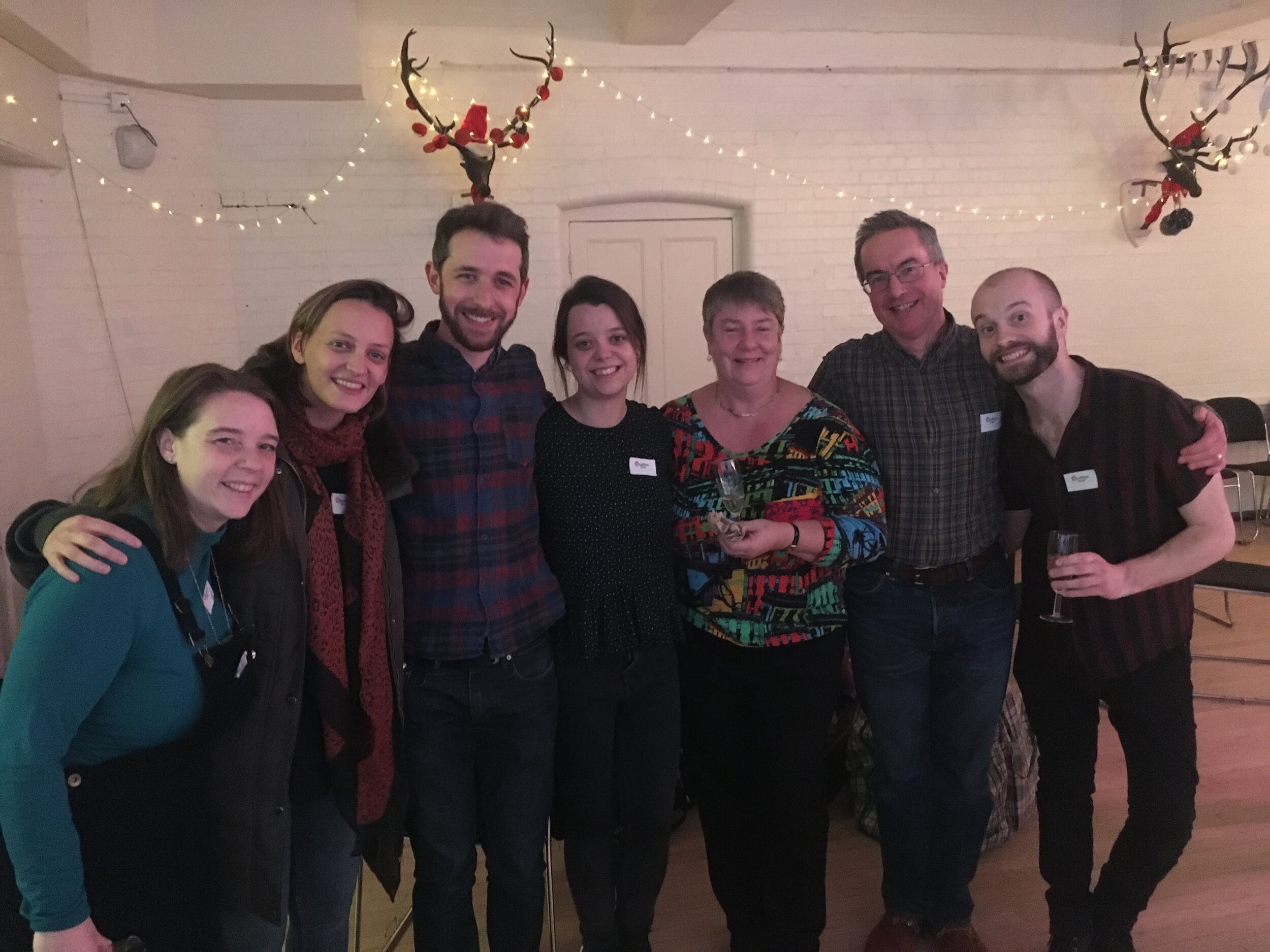Over the decades, some of the world’s best-loved musical masterpieces have been written by women – and we’re here to celebrate them.
It’s no secret that in music, women are largely underrepresented – and now with the coronavirus pandemic and its devastating effect on the industry, it’s never been more important for us to address this issue.
According to new research from Donne, which analyses composers’ works scheduled by 100 orchestras from 27 different countries, there is still much to be done.
Titled ‘Equality and Diversity in Concert Halls’, the alarming research has shown that of the 1,505 concerts performed from 2019-2020, only 123 included works written by female composers – that’s just 11.45 per cent.
And perhaps more worryingly, only 747 of the 14,747 compositions scheduled by the 100 orchestras were composed by women (a total of 5 per cent), with only 1.11 per cent of those pieces written by Black and Asian women.
At Orchestras for All, we’re here to champion female composers every step of the way, so here are seven inspiring women who you should really know about…
Read more: 17 LGBTQIA+ musicians who totally rock our world >
1. Ethel Smyth
Born into a military family in 1858, English composer and political activist, Dame Ethel Smyth, is regarded as one of the most distinguished composers of the 20th century. While studying at the Leipzig Conservatory, her spectacular work was encouraged by two other well known musicians: Johannes Brahms and Antonín Dvořák. Ethel first rose to fame after penning the score for Mass in D (1893), but her most famous work is 1906 opera, The Wreckers. Owing to her strong involvement in the women’s suffrage movement, Ethel’s uplifting March of the Women (1911) was also adopted as the anthem of the suffragettes.
2. Alice Mary Smith
Alice Mary Smith, also known by her married name, Alice Mary Meadows White, was an English composer who published her first song aged 18. Her major works include two symphonies, six concert overtures, an operetta and several choral works, among many others. Alice studied at The Royal Academy of Music (where she would later become a professor) and became the first known British woman to compose a symphony, with her Symphony No. 1 in C minor. Some of her other notable compositions include ‘Clarinet Sonata’ and ‘Duo Concertante for Pianoforte and Clarinet in A’. Since 2010, Smith’s manuscripts have been housed in the Royal Academy of Music Library.
3. Lucy Hale
Born in 1994, Lucy Hale inspired fans of orchestral music with her captivating compositions as well as being a role model for others living with disability. In 2019, Lucy became National Orchestra for All’s Inaugural Young Composer in Residence and worked closely with its diverse ensemble of 100 young musicians to create ‘Stories of Silk’ – specially written for NOFA’s 2019-2020 season, My Roots, Our Routes, exploring music inspired and influenced by human migrations and journeys. After completing her studies for a Master of Music in Composition at the Royal Northern College of Music in 2017, she was appointed as inaugural Young Composer-in-Association with BSO Resound, Bournemouth Symphony Orchestra’s disabled-led ensemble. Alongside ‘Stories of Silk’, Lucy’s striking compositions include ‘Zeta’, ‘To Run With The Tigers’ and dramatic orchestral masterpiece, ‘Against the Tide’.
4. Augusta Holmès
Irish singer, pianist and composer, Augusta Holmès, became popular with music enthusiasts during the 1800s owing to her striking symphonic and operatic works. Two of Augusta’s best-known symphonic poems include Andromede and Irlande, while her Ode triomphale was specially written to celebrate the centennial of the French Revolution in 1889, which required around 1,200 musicians. Like other female composers, such as Fanny Mendelssohn and Clara Schumann, Holmès chose to publish many of her early works under a male pseudonym (“Hermann Zenta”) as European women were not taken seriously as artists at the time.
5. Florence Price
Born in Arkansas in 1887, Florence Price was the first African American woman to have her music performed by a major symphony orchestra – in 1933. She studied at the new England Conservatory of Music, majoring in piano and organ, before working as an organist for silent film screenings and later as a composer. A deeply religious person, Florence’s music was heavily influenced by the African American church as well as Dvořák, Tchaikovsky and other European Romantic composers. Some of her best-loved compositions include Symphony No. 4 in D minor, Fantasie Negre and Mississippi River Suite.
6. Vítězslava Kaprálová
The daughter of a composer, Václav Kaprál, and singer, Viktorie Kaprálová, it’s perhaps no surprise that Czech composer and conductor, Vítězslava Kaprálová, followed in the footsteps of her musical parents. She first rose to fame in 1937 after leading the Czech Philharmonic and a year later, the BBC Orchestra in her rousing composition, Military Sinfonietta. Although Vítězslava’s untimely death at the age of 25 meant her career as a composer was short-lived, her impressive portfolio of music has been praised by music critics across Europe and includes several art songs, two piano concertos, a string quartet, an orchestral cantata and a wide selection of music for solo instruments, such as the violin, cello and piano.
7. Samantha Fernando
The music of Surrey-based composer, Samantha Fernando, stands out owing to its harmonic colour and resonance, which often gives her work a meditative quality – with Sense of Place (2014) and The Journey Between Us (2016) being two of her most popular works. Samantha’s career as a composer has gone from strength to strength in recent years, having been commissioned by numerous ensembles and festivals – including the London Sinfonietta, Aldeburgh Music, the Oxford Lieder Festival and the Philharmonia Orchestra. Currently, the multi-award-winner works as a lecturer in composition at Royal Holloway, University of London and in 2020, she took to Twitter for a live Q&A to share her musical expertise with the 100 young musicians of National Orchestra for All.
Read more: Watch young musicians’ plea as they urge public to break down barriers to music making >
























